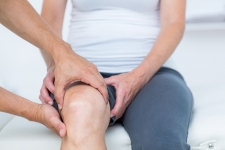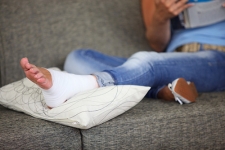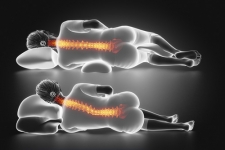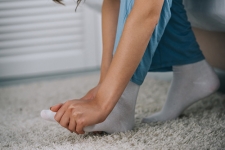What Is a Torn Rotator Cuff?
The rotator cuff is a group of muscles and tendons that support the shoulder joint. Your rotator cuff not only keep the shoulder joint supported and enables its full range of movement, but is also essential to the healthy motion and stability of both your shoulders and arms.










